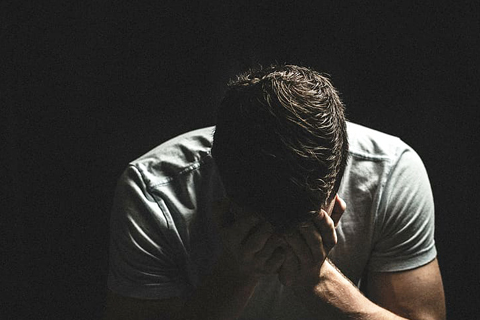Depression can be said to be one of the most common psychological disorders among modern people. We know that “depression” and “depression disorder” are different – the former is just a temporary mood, while the latter is a disease. But how can we determine the difference between the two? By analyzing the following 10 characteristics, we can help identify depression disorder.
The word “Depression” in English consists of 10 letters, each containing specific meanings representing 10 specific clinical symptoms of depression disorder. These symptoms include:
Depressed mood is not just a state of feeling down, symptoms such as agitation, lack of concentration, restlessness, etc., could be signs of low mood.
For evaluating fatigue or lack of energy, consider the following: In the past two months, have you felt physically worse or more tired than usual? Even with minimal physical activity like shopping, do you feel more fatigued than expected? If either of these aspects is true, it might indicate fatigue or lack of energy.
Mental changes include 4 sets of symptoms: irritability, inner tension; pacing, tension, sweaty hands; feeling slow, slow thinking, slow emotional responses, lack of thinking ability; significant reduction in activity, slow walking, slow reaction times, staring or absent-mindedness.
It is important to note that not all decreases in attention are indicative of depression disorder. In children, it needs to be distinguished from ADHD; while in the elderly, it needs to be distinguished from dementia.
Apart from suicidal thoughts, 85% of patients with depression disorder tend to self-blame. Even when not experiencing a depressive episode, patients continue to excessively blame themselves; and when the condition worsens, these feelings can intensify.
Most patients with depression disorder experience changes in sleep patterns: either oversleeping or undersleeping. Regardless of oversleeping or undersleeping, both can lead to mental fatigue. Sleep disturbances in depression disorder mainly manifest as initial insomnia (difficulty falling asleep), middle insomnia (difficulty maintaining sleep or frequent awakenings), and terminal insomnia (early awakening, inability to fall back asleep).
Individuals with depression disorder often think about death in various contexts, such as the death of loved ones or pets, or images of death. If these thoughts are fleeting and vague, without specific plans, it may not be serious. However, if concrete plans are made, it could indicate symptoms of depression disorder.
One symptom of depression disorder is a lack of interest in activities or the inability to muster the enthusiasm for things once enjoyed.
People with depression disorder often lead a passive, lethargic life, avoiding tasks, avoiding contact with others, isolating themselves, spending time alone, staying in bed all day, not wanting to work, avoiding going out, shunning usual activities and hobbies, staying at home, distancing themselves from friends and family, and avoiding social interactions.
Changes in appetite can indicate decreased or increased appetite (usually decreased), with some patients having preferences for specific foods, such as sweets. For children, changes in weight can refer to not reaching the expected standards.


